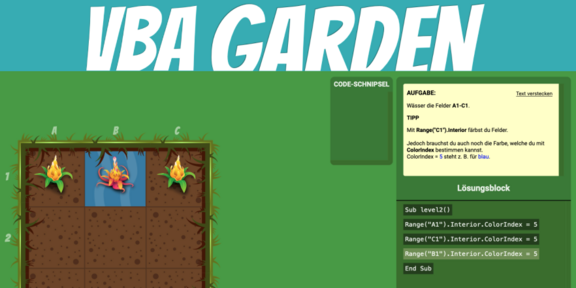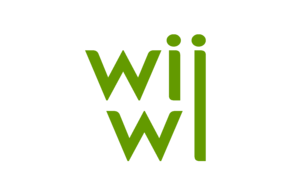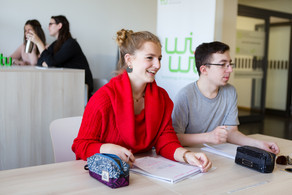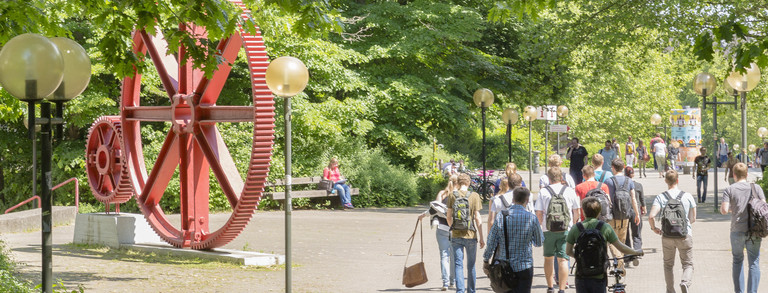Teaching Innovation Award: Playfully Learning Programming with "VBA Garden“

In the course of the ongoing digitization of industry, the economy and society, programming skills are increasingly in demand in addition to basic IT skills. Programming is also referred to as "the competence of the digital future" (Zeit Online). For this reason, it is particularly important for students in non-IT focused degree programmes to gain programming experience during their studies in order to meet the requirements of the increasingly digitalized job market. Own experiences in programming promote the technical understanding of students for current and upcoming challenges and solutions in the IT world.
For this purpose, the TU Dortmund University offers the elective course "Information Management", for which the Chair of Business Informatics of Prof. Dr. Richard Lackes is responsible. In the lecture held by Dr. Alper Beşer, students learn how to use the Visual Basic for Applications (VBA) programming language developed by Microsoft. The teaching experience of many years shows that especially students without previous programming-related experience, have difficulties in writing efficient programming code. Therefore, the chair has developed the programming game "VBA Garden" to promote the programming understanding of students in a playful way. For this purpose, the functionality of VBA programming code is presented visually via animations. Using drag & drop, students can assemble programming code for a given task (e.g. planting a flower in every second field of a virtual garden) and examine the effects of the code via animations. To reveal errors in the programming code, the animations can be varied in speed. In this way, students can understand at which point the assembled programming code behaves incorrectly. The game starts with easy programming tasks, but also helps students with visualization of complex programming code in later levels.
The game was developed over several semesters and used for the first time in the winter semester 2021/22 with great success in the course "Information Management". It was awarded the Teaching Innovation Award 2021/2022 by the student representatives of the Committee for Improving the Quality of Teaching.
VBA Garden is publicly available and can be tried out without registration at www.VBA-Garden.de. The Chair of Business Informatics would like to thank the student assistants Mr. Gabriel Löhner-Raak for the development/programming of the game as well as Ms. Lea Demming and Ms. Lisa Schned for the conception of challenging level packages.
If you have any questions about the game and its use, please contact Dr. Alper Beşer.






